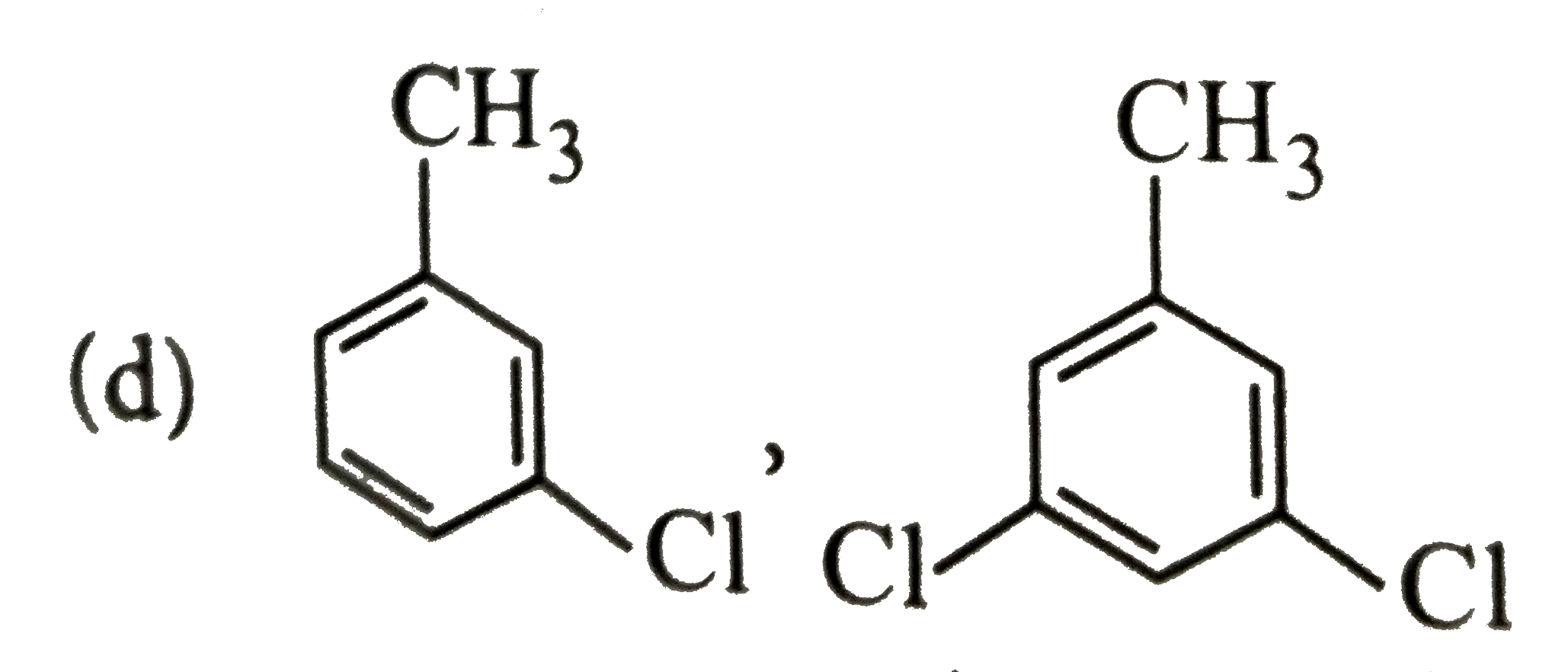Aspirin is adimistered in the form of a salt or in the presence of NaHCO3. This is to avoid the side effects of a compound X obtained during hydrolysis. Here X is
Sulphuric acid
Acetic acid
Phenol
2-hydroxy benzoic acid
The correct Answer is:D
To solve the question regarding the compound X obtained during the hydrolysis of aspirin, we can follow these steps:
Step 1: Understand the Structure of Aspirin
Aspirin, also known as acetylsalicylic acid, has a specific chemical structure. It consists of a benzene ring with an acetyl group (–COCH₃) and a carboxylic acid group (–COOH) attached to it.
Step 2: Identify the Hydrolysis Reaction
When aspirin undergoes hydrolysis, it breaks down into its constituent parts. The hydrolysis of aspirin typically results in the formation of salicylic acid and acetic acid.
Step 3: Determine the Compound X
The compound that is formed during the hydrolysis of aspirin is salicylic acid, which is also known as 2-hydroxybenzoic acid. This compound can cause various side effects such as irritation to the eyes and skin, vomiting, and diarrhea.
Step 4: Conclusion
Thus, the compound X that is obtained during the hydrolysis of aspirin and is associated with side effects is 2-hydroxybenzoic acid.
Final Answer
X is 2-hydroxybenzoic acid.
---
Aspirin, also known as acetylsalicylic acid, has a specific chemical structure. It consists of a benzene ring with an acetyl group (–COCH₃) and a carboxylic acid group (–COOH) attached to it.
When aspirin undergoes hydrolysis, it breaks down into its constituent parts. The hydrolysis of aspirin typically results in the formation of salicylic acid and acetic acid.
The compound that is formed during the hydrolysis of aspirin is salicylic acid, which is also known as 2-hydroxybenzoic acid. This compound can cause various side effects such as irritation to the eyes and skin, vomiting, and diarrhea.
Thus, the compound X that is obtained during the hydrolysis of aspirin and is associated with side effects is 2-hydroxybenzoic acid.
X is 2-hydroxybenzoic acid.
Topper's Solved these Questions
- BOOK - NARAYNACHAPTER - CHEMISTRY IN EVERYDAY LIFEEXERCISE - EXERCISE-1(C.W)( ANTIMICROBIALS , ANTIFERTILITY DRUGS & ANTIBIOTICS )10videos
CHEMISTRY IN EVERYDAY LIFE
- BOOK - NARAYNACHAPTER - CHEMISTRY IN EVERYDAY LIFEEXERCISE - EXERCISE-1(C.W)( ANTISEPTICS AND DISINFECTANTS )4videos
CHEMISTRY IN EVERYDAY LIFE
- BOOK - NARAYNACHAPTER - CHEMISTRY IN EVERYDAY LIFEEXERCISE - EXERCISE-1(C.W)( TRANQUILIZERS )12videos
CHEMISTRY IN EVERYDAY LIFE
- BOOK - NARAYNACHAPTER - CHEMICAL KINETICS EXERCISE - EXERCISE -430videos
CHEMICAL KINETICS
- BOOK - NARAYNACHAPTER - CHEMISTRY OF HEAVY METALSEXERCISE - Passage 131videos
CHEMISTRY OF HEAVY METALS
Similar Questions
A metal X forms a water-soluble seat XNO3 When an aqueous solution of XNO3 is added to the common salt solution, then a white precipitate of compound Y is formed along with sodium nitrate solution. Metal X is said to be the best conductor of electricity and it does not evolve hydrogen when put in dilute hydrochloric acid.
(a) What is metal X ?
(b) What is salt XNO3 ?
(c ) Name the compound Y. (d) Write the chemical equation of the reaction which takes place on reaction XNO3 solution and common salt solution giving the physical states of all the reactants and products.
(e) What type of chemical reaction is illustrated by the above equation?View SolutionAqueous 10% NaHCO3 solution used as a reagent for identifying X Which one of the following cornpound yields X on hydrolysis
View Solution
Knowledge Check
- Question 1 - Select One
CH3−CHO+HCN→X
Compound X on hydrolysis givesACH3−CH2−COOHBCH3−CH2−CH2−NH2CCH3−CO−COOHDCH3−CH| OH−COOH. - Question 2 - Select One
A compound X with molecular formula C7H8 is treated with Cl2 in presence of FeCl3. Which of the following compounds are formed during the reaction?
A B
B C
C D
D
- Question 3 - Select One
p-Cresol reacts with chloroform in alkaline medium to give the compound X which adds hydrogen cyanide to form, the compound Y. The latter on acidic hydrolysis gives chiral carboxylic acid. The structure of the carboxylic acid is
A B
B C
C D
D
Sodium dissolves in liquid ammonia to form a blue colored solution which is a good conductor of electricity. On heating the solution turns bronze. On passing dry ammonia over heated sodium a compound (X) is formed which on hydrolysis form ammonia. Then the compound (X) is :-
View SolutionWhich of the following compounds form salt with NaHCO3?
View SolutionCoS (black) obtained in group IV of salt analysis is dissolved in aqua regia and is treated with an excess of NaHCO3 and then Br2 water.An apple green coloured stable complex is formed. It is:
View SolutionWhen CH3COONa heated with solid As2O3 then compound X is formed. The smell of compound X is:
View SolutionWhen a reagent (X) reacts with Fe3+ salt solution turnsred due to the formation of a compound (Y). This reagent cause no change in colour with Fe2+ salt solution. Compound (X) and (Y) are respectively:
View Solution

